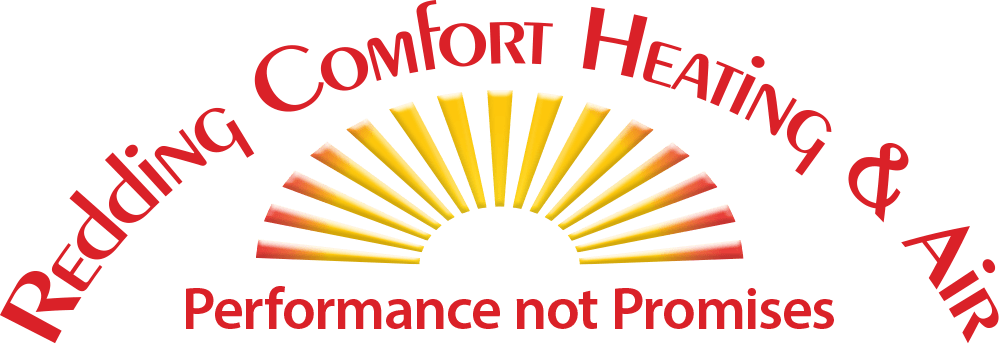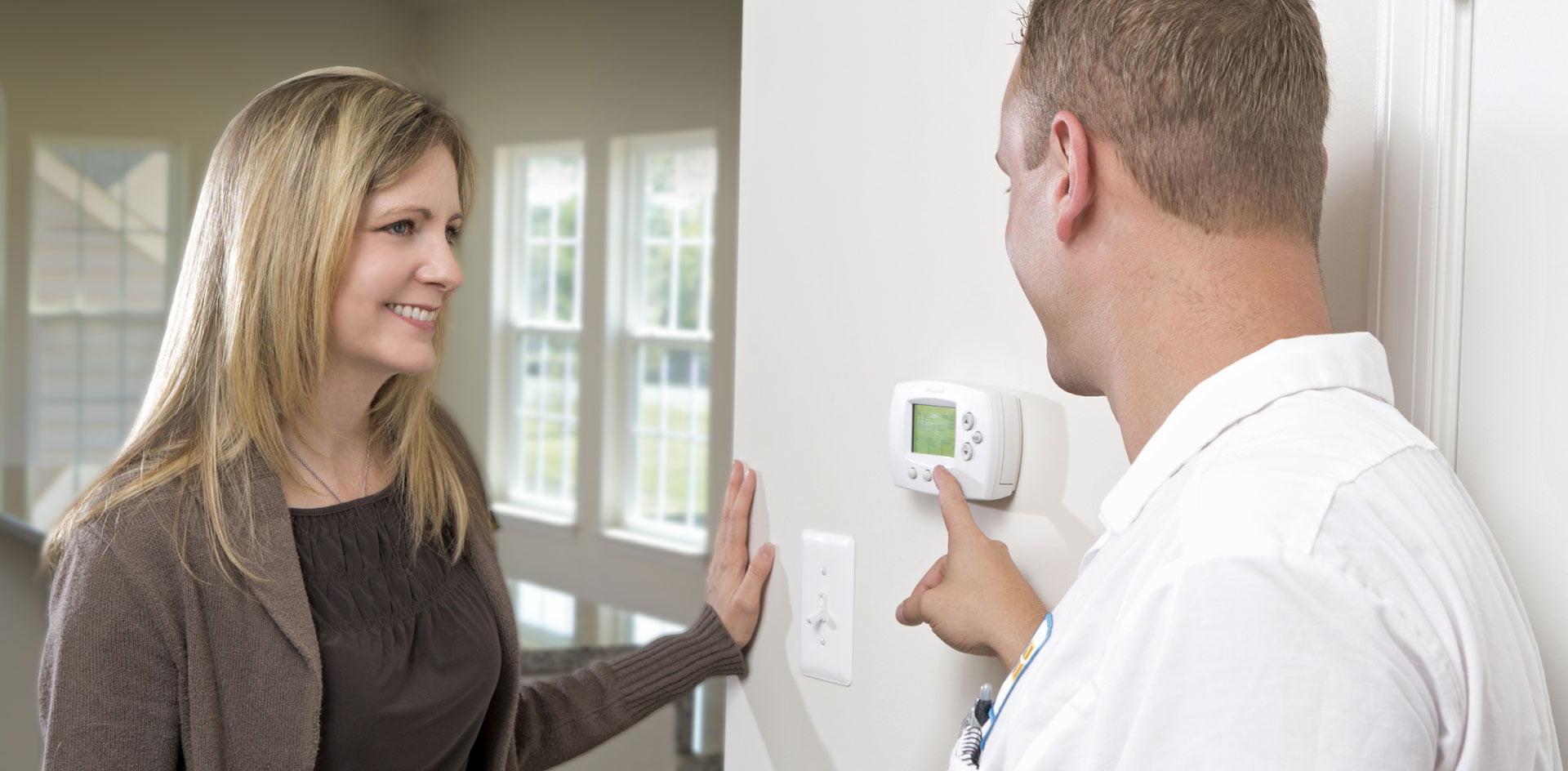These are the services we will perform on your Total Comfort Unit Tune-up
- Check indoor cooling exchange coil. Your indoor cooling coil is the inside portion of your cooling unit located by the blower section of your system. Years of use can cause dirt, duct or mold buildup reducing airflow and causing a loss of efficiency. We clean the coil and verify proper airflow.
- Test refrigerant metering device. The refrigerant (Freon) in your system must pass through an opening less than 1/16th of an inch orifice. Blockage can shorten system life, increase utility bills and reduce cooling capacity.
- Sanitize and clean cooling coil drain. While the cooling system operates, the indoor cooling coil removes moisture from the air by condensing it into As the water runs, mold, mildew and bacteria can grow. We clean and apply a sanitizer to the coil, pan and drain. Mold & bacteria growth in a system has been linked to legionnaire’s disease.
- Check air distribution. Each room of your home requires a certain amount of airflow from the supply duct system. Improper airflow causes temperature differences between rooms and reduces overall comfort.
- Clean/replace air filters. Dirty filters restrict airflow and can cause reduced capacity, reduced efficiency and shortened system life.
- Inspect electrical connections. High and low
voltage power connections can loosen from system Loose connections can cause electrical overheating and potential fire or control failure. - Test electrical safety controls. Your system has been designed to protect it and you from hazards caused by malfunctioning components. Improper operation effects safety and system life.
- Analyze temperature difference across cooling coil. The temperature differential across the indoor coil must fall within a certain range. Improper temperature difference can indicate improper airflow and/or a malfunctioning unit.
- Check outdoor condenser coil. The outdoor coil is used to remove heat from the refrigerant in the cooling cycle. If dirt buildup exists, it could shorten system life and reduce efficiency.
- Test the unit’s compressor. The compressor is used to circulate refrigerant throughout the cooling Valve damage can still allow the cooling system to operate, but it will do so at a reduced capacity and efficiency.
- Check calibration of thermostat. Proper calibration helps maintain acceptable ranges at the thermostat
- Lubricate fan motor. Lack of lubrication can cause premature part failure and costly repairs.
- Inspect contactors. Contactors close to provide line voltage to compressors and motors. If contacts are dirty or pitted, unit can overheat and be damaged.
- Test capacitors and relays. Capacitor or relay failure can cause system damage or prevent operation.
- Test time delay device. Time delay prevents units from restarting under a load when power is interrupted. This can shorten life of system.
- Test crankcase A/C compressors can trap refrigerant in cool weather. Heating the compressor prevents damage from sluggish refrigerant.
- Test high and low pressure switches. These controls shut down the system when pressures are not within specified ranges. Malfunction can cause damage or lack of operation.
- Adjust operating pressures. Refrigerant pressures must operate within certain ranges based upon external temps and humidity levels. Excessive pressures indicate airflow problems, refrigerant overcharge or undercharge. Extremes highs and lows can cause system damage.
- Analyze voltage differences. Electrical voltage can be affected by loose connection or high amperage draws, causing premature component failure.
- Analyze amperage draw. Motors and compressors draw precise amounts of electricity when operating Incorrect amperage indicated impending system failure.
- Check blower fan for tightness. Age, vibration or lack of lubrication causes excessive bearing wear.
- Check air handler blower. Age, vibration or lack of lubrication causes excessive blower bearing wear. Loose bearings in blower fans can cause excessive noise or premature component failure.
- Inspect for corrosion. System corrosion, left unchecked, can lead to premature system failure or unsafe conditions.
- Inspect motor belts and pulleys. Age, vibration or normal use can cause excessive play in connecting belts. Loose belts can shorten system life, increase utility bills and reduce system capacity.
- Wash outside of unit. Most units lose their finish due to rain and intense heat. Washing can protect the unit from premature deterioration.

